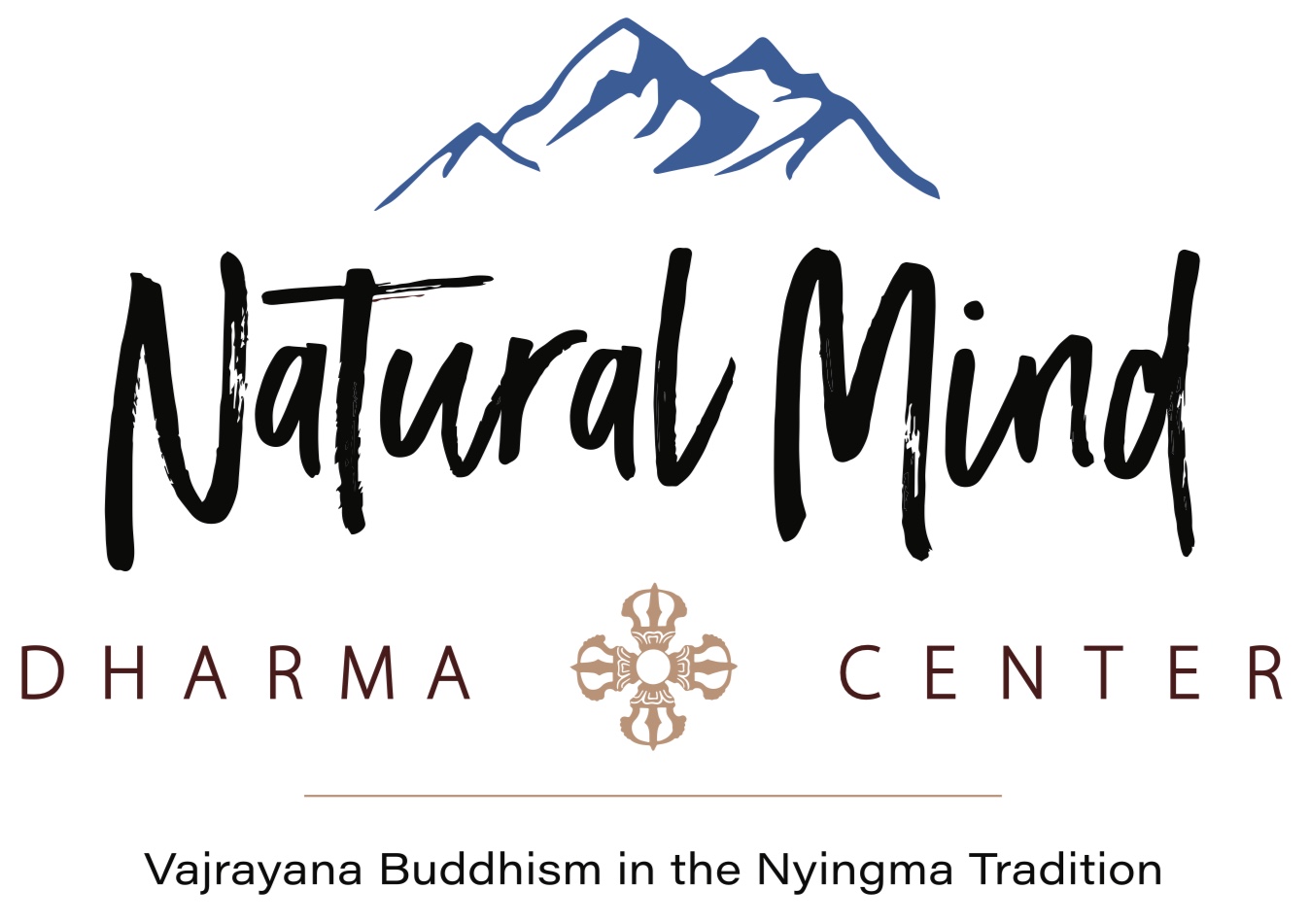It’s Alive!
Western coralroot (corallorhiza mertensiana) is an orchid species common to Pacific Northwest conifer forests. It is a myco-heterotroph, meaning it feeds upon (parasitic to) a kind of fungus for its nutrition. And that fungus depends upon tree roots to get its nutrition. So, you most commonly encounter this beautiful but understated orchid growing near the base of conifer trees.
We are hiking on a family friendly trail in Crater Lake National Park and are delighted to discover two species of coralroot (western and striped). We notice virtually every other hiker passing without any notice, so we bend over to get a closer look at a specimen and invite people to join in the wonder. When we point to an example of western coralroot, a woman comments that it looks dead. As she examines the reddish stems and trumpet-like blooms, she is astonished, and points out the flower to her kids who giggle with curious excitement.
How often do we pass beauty without noticing because it does not fit our definition? We look at something and see death even though life is vibrantly revealed. But if we follow our intention to walk with compassion, we make the aspiration to reawaken our natural gift of awareness; to see life where others see death. This is the clear seeing (vidya) to which Buddha referred. He realized that our ego mind views the Dharma as dead and vowed to help others reawaken to its living truth.
There is no fundamental difference between coralroot and the Dharma if someone begins to see what they do not see. Inside the wonder of discovery is the precious jewel of awareness. But it takes intention to widen our view, to expand our understanding of form until we see emptiness—vast boundary-less interconnection. The Buddha once delivered a wordless sermon to his disciples by holding up a white flower. The simple things we pass without a notice could become our greatest teachers.
